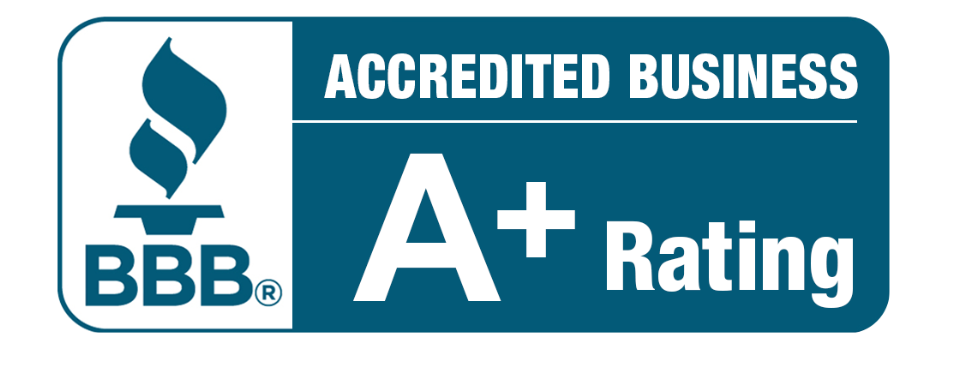Understanding Green Cards: Your Pathway to Permanent Residency in the United States
A Green Card, officially referred to as a Permanent Resident Card, is a critical document for foreign nationals seeking to establish permanent residency in the United States. With this status, holders gain the ability to live and work in the U.S. indefinitely, access certain public benefits, and eventually apply for U.S. citizenship. In this comprehensive guide, we’ll explore the meaning of permanent residency, the benefits of holding a Green Card, eligibility criteria, the application process, and the rights and responsibilities of permanent residents.
What Is a Green Card?
A Green Card is an official document issued by the U.S. government, signifying that an individual has been granted lawful permanent residency. While its primary purpose is to grant foreign nationals the legal right to reside and work in the U.S., the card also acts as proof of the holder’s legal status.
Historically, the term “Green Card” originated due to the greenish tint of the original card. Although the design has changed over the years, the term remains widely recognized.
Key benefits of holding a Green Card include:
- The right to live permanently in the United States.
- The ability to work legally for most employers without sponsorship.
- Access to public benefits like Social Security and healthcare programs.
- A pathway to U.S. citizenship through naturalization.
Permanent Residency: Eligibility Categories
There are several pathways to becoming a permanent resident of the United States. Here are the primary categories under which individuals can apply for a Green Card:
Family-Based Green Cards
- Immediate Relatives: U.S. citizens can sponsor their spouses, unmarried children under 21, and parents if the sponsor is over 21.
- Family Preference Categories: This includes adult children, married children, and siblings of U.S. citizens, as well as spouses and unmarried children of lawful permanent residents.
Employment-Based Green Cards
Employment-based Green Cards are divided into five preference categories:
- EB-1: For individuals with extraordinary abilities, outstanding professors or researchers, and multinational executives.
- EB-2: For professionals with advanced degrees or exceptional abilities.
- EB-3: For skilled workers, professionals, and unskilled workers.
- EB-4: For special immigrants, including religious workers and international organization employees.
- EB-5: For investors who make significant financial contributions to U.S. businesses that create jobs.
Diversity Visa Lottery
The Diversity Visa (DV) Lottery Program, commonly referred to as the Green Card Lottery, selects up to 50,000 individuals annually from countries with low immigration rates to the U.S.
Refugees and Asylees
Refugees and individuals granted asylum can apply for a Green Card after one year of being admitted to the U.S. as a refugee or granted asylum.
Special Categories
Other special eligibility categories include individuals who are victims of human trafficking, certain international employees, and others as designated by Congress.
The Process for Obtaining a Green Card
The steps to apply for a Green Card differ depending on the applicant’s eligibility category. However, the general process includes the following:
1. Determine Eligibility
Begin by identifying which Green Card category applies to your situation. This is crucial to ensure a smooth application process.
2. File a Petition
In most cases, a family member or employer must file a petition on your behalf.
- Family petitions: Form I-130 (Petition for Alien Relative).
- Employment petitions: Form I-140 (Immigrant Petition for Alien Worker).
Some categories, such as EB-1 for individuals with extraordinary ability, allow for self-petitioning.
3. Wait for Visa Availability
If you fall under a preference category, you may need to wait for a visa to become available. The Visa Bulletin published by the U.S. Department of State provides updates on current visa availability based on priority dates.
4. Submit Form I-485
Applicants in the U.S. can adjust their status by filing Form I-485 (Application to Register Permanent Residence or Adjust Status). Those outside the U.S. must go through consular processing at a U.S. embassy or consulate in their home country.
5. Biometrics Appointment
Applicants will need to attend a biometrics appointment where their fingerprints, photograph, and signature are collected for background checks.
6. Attend an Interview
Many applicants are required to attend an interview with U.S. Citizenship and Immigration Services (USCIS) or at a U.S. consulate. This interview helps verify the information provided in the application.
7. Receive a Decision
If approved, the applicant will receive their Permanent Resident Card in the mail. If denied, USCIS will provide an explanation and guidance on appealing the decision.
Rights and Responsibilities of Permanent Residents
As a permanent resident of the United States, you are entitled to certain rights, but you also have specific responsibilities:
Rights:
- Live and work permanently in the U.S.
- Be protected by U.S. laws at all levels.
- Travel outside the U.S. and return, subject to certain restrictions.
- Apply for U.S. citizenship after meeting the residency requirement (usually five years).
Responsibilities:
- Obey all U.S. laws.
- Pay federal, state, and local taxes.
- Carry proof of your Green Card status at all times.
- Notify USCIS of any change of address within 10 days.
Green Card Renewal and Replacement
Green Cards are typically valid for 10 years. To renew or replace your card, you must file Form I-90 (Application to Replace Permanent Resident Card).
Common reasons for renewing or replacing a Green Card include:
- Expiration of the current card.
- Loss, theft, or damage to the card.
- A name change or incorrect information on the card.
What Does Permanent Residency Mean?
Permanent residency signifies that an individual has been granted the right to live and work in the United States indefinitely. However, maintaining this status requires adherence to specific rules, including:
- Avoiding prolonged absences from the U.S.
- Not engaging in criminal activities.
How Do I Get a Green Card?
The process begins with identifying the most appropriate eligibility category. Depending on your circumstances, you may need the sponsorship of a family member or employer. Alternatively, programs like the Diversity Visa Lottery provide an opportunity to obtain a Green Card without direct sponsorship.
Pathway to U.S. Citizenship
Holding a Green Card is the first step toward naturalization, the process of becoming a U.S. citizen. After meeting the residency requirement, typically five years (or three years for spouses of U.S. citizens), Green Card holders can apply for naturalization by filing Form N-400 (Application for Naturalization).
Conclusion
Securing a Green Card is a transformative step for those seeking to make the United States their permanent home. Whether through family, employment, the Diversity Visa Lottery, or other pathways, understanding the process is crucial. Permanent residency offers unparalleled opportunities for stability, career advancement, and the possibility of becoming a U.S. citizen.
If you’re considering applying for a Green Card, consult with an experienced immigration attorney to navigate the complexities of U.S. immigration law and maximize your chances of success.
About Us
At Consumer Rights Law Firm PLLC, we specialize in helping individuals and families achieve their immigration goals. Whether you’re pursuing a Green Card, citizenship, or another immigration benefit, our experienced team is here to guide you every step of the way.
Call us today at +1 844-606-2272 to schedule a consultation and begin your journey toward permanent residency in the United States.


